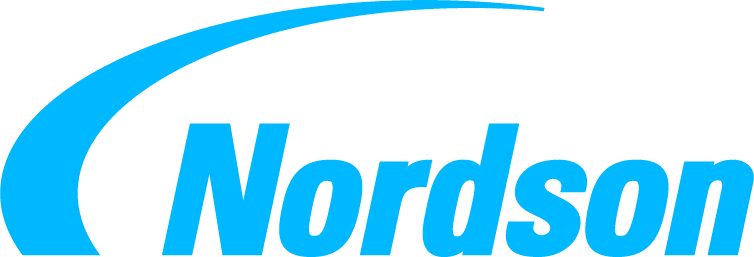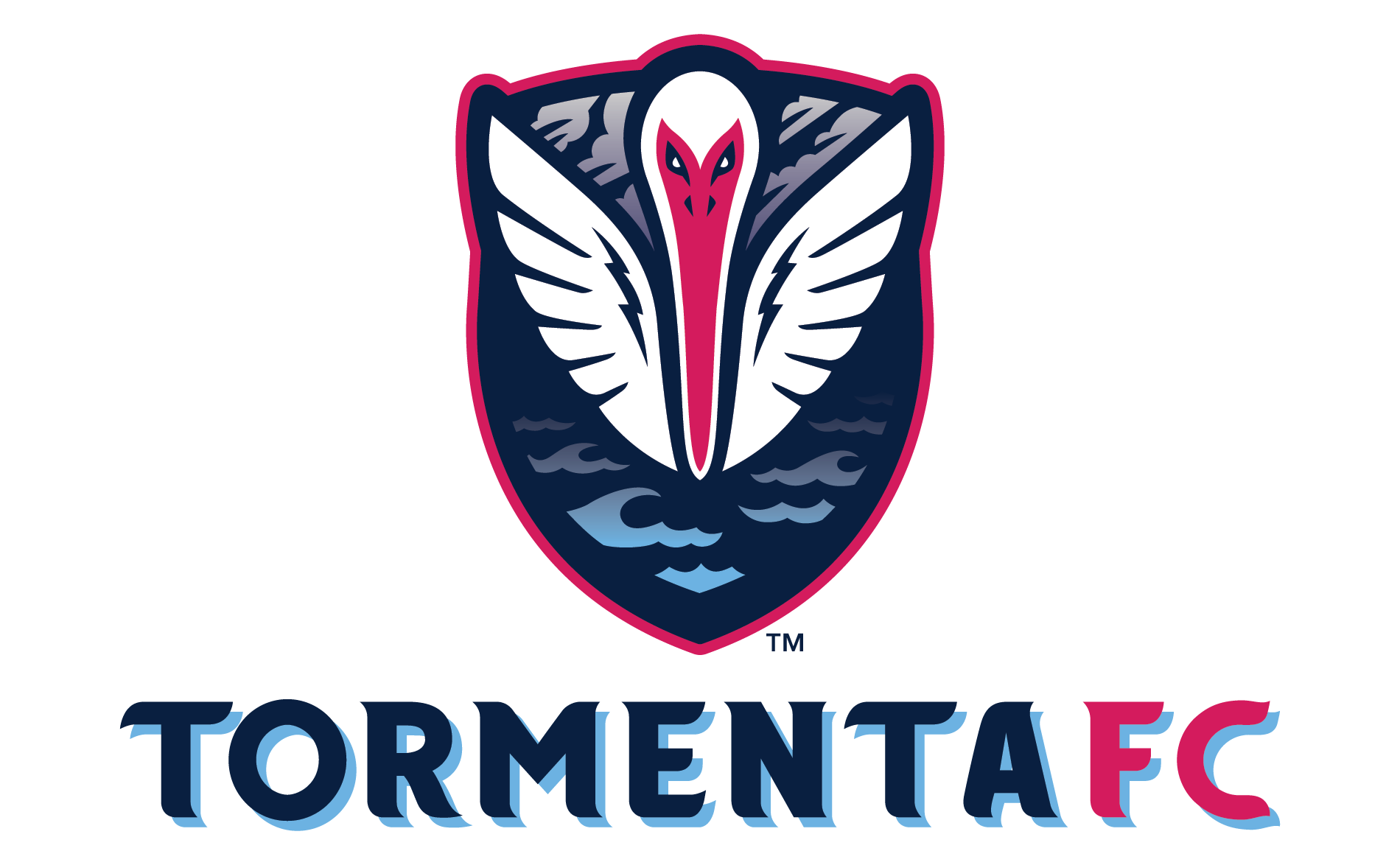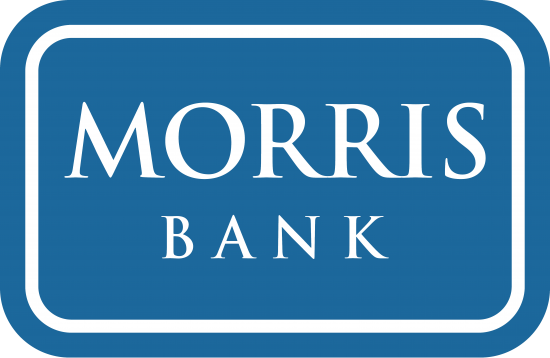Networking
Networking is a rewarding, lifelong activity that is about building relationships with others to share and gain information. You can use networking as a way to seek or give advice, learn more about a profession, industry, or company, meet like-minded individuals, learn about new opportunities, and gain referrals. One of the main strategies for building connections is to maintain an openness and awareness of people you encounter in your daily activities including professors, co-workers, peers, and family.
An estimated 75% – 95% of job vacancies are not advertised; therefore, there has been a significant increase in the use of social networking sites such as Facebook to assist in the job search process. Hundreds of companies are using the very popular LinkedIn professional networking site to recruit qualified and experienced applicants. Networking is considered one of the most effective ways to find a job. There are a variety of job search strategies; however, networking results in an average of 60% to 80% of all job offers.
Different types and styles of networking include:
Networking in person takes place everywhere! Each person you meet is an opportunity to build a relationship and learn more. Formal opportunities include career fairs, employer information sessions, and networking events.
Online networking offers exponential access to individuals whose paths you might never cross in real life. Use LinkedIn and other social media to locate and initiate connections. Follow up on online conversations with in-person meetings or chats. If that is not possible, try to schedule a phone call or virtual meeting.
Making the Most of LinkedIn
LinkedIn is a digital networking site that allows you to showcase your qualifications, skills, and experiences to both people you know and those you don’t know yet (recruiters, alumni, and professionals at organizations you admire). In addition to its obvious networking purposes, LinkedIn is also a helpful research and job search tool. You can look at alumni from Georgia Southern University to see what someone with your same major went on to do for work. You can also research and identify new companies and professional groups that will help you in your job search. Then, you can even search for those jobs on LinkedIn.
When reaching out to someone new, be sure to indicate how you found them and your reason for reaching out. Try not to use the default connection response. Instead, always personalize a LinkedIn connection question.
Tips for making the most of LinkedIn:
- Create a Profile. Create a detailed profile on LinkedIn, including employment (current and past), education, industry, and websites.
- Consider a Photo. You can add a photo (a headshot is recommended or upload a larger photo and edit it) to your LinkedIn profile. Note that it must be a small photo – no larger than 80×80 pixels.
- Keywords and Skills. Include all your résumé keywords and skills in your profile, so your profile will be found.
- Build Your Network. Connect with other members and build your network. The more connections you have, the more opportunities you have, with one caveat from Kay Luo, “Connect to people you know and trust or have a business relationship with, no need to go crazy and connect with everyone.”
- Get Recommendations. Recommendations from people you have worked with carry a lot of weight.
- Search Jobs. Use the job search section to find job listings.
- Use Answers. The Answers section of LinkedIn is a good way to increase your visibility. Respond to questions, and ask a question if you need information or assistance.
- Stay Connected. Use LinkedIn Mobile to view profiles, invite new connections, and access LinkedIn Answers from your phone.
For other tips and resources, visit LinkedIn for Students.
Last updated: 12/18/2012














